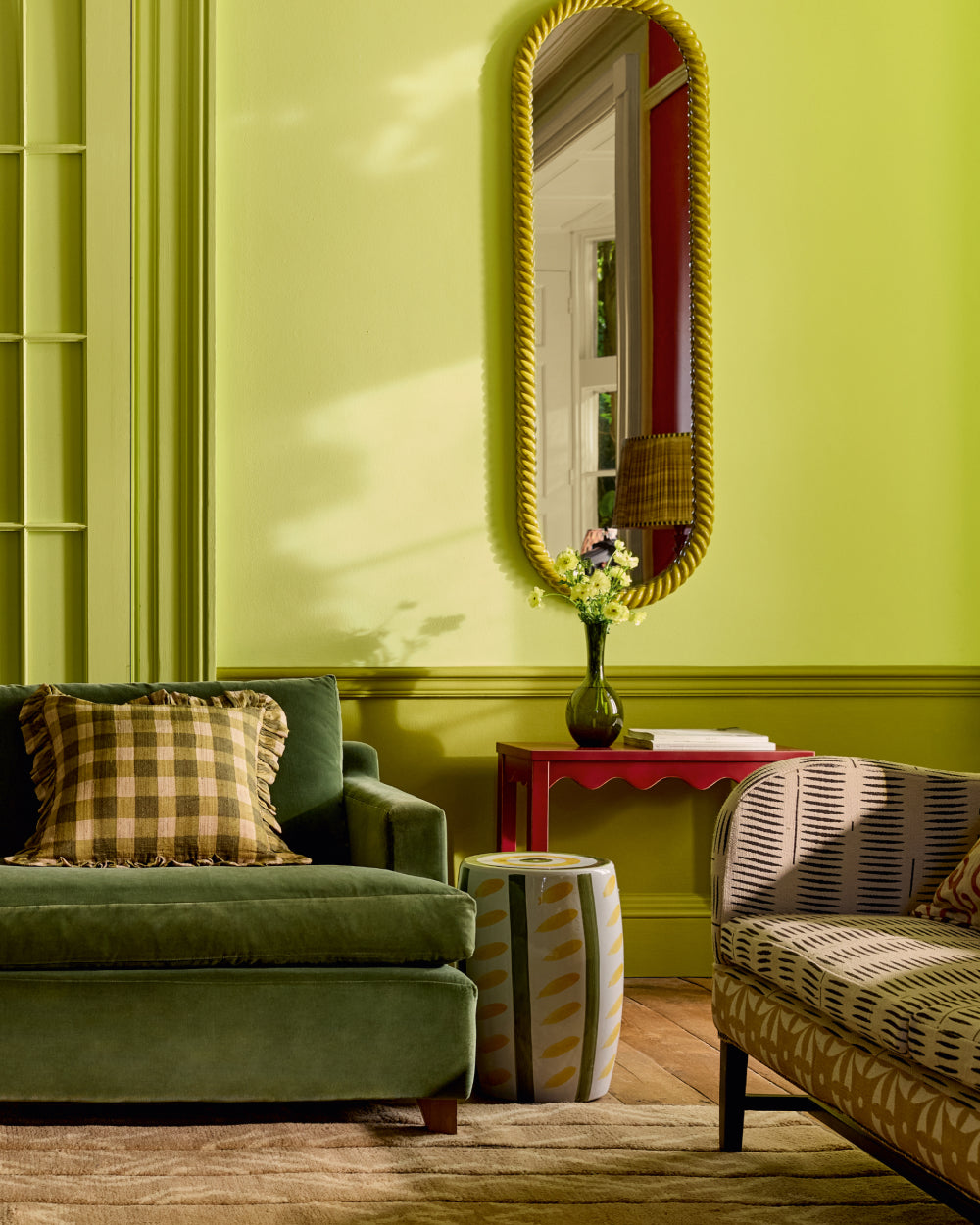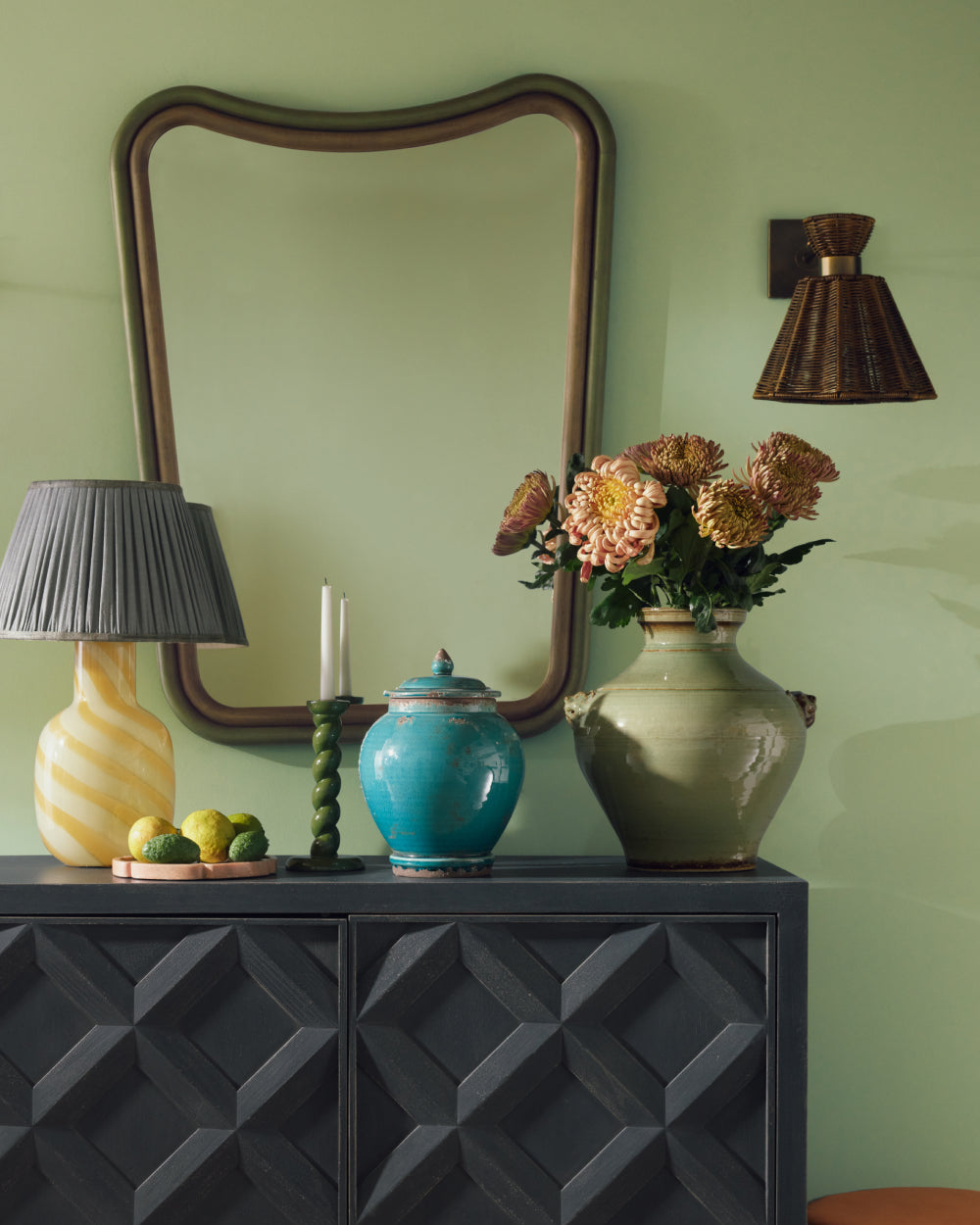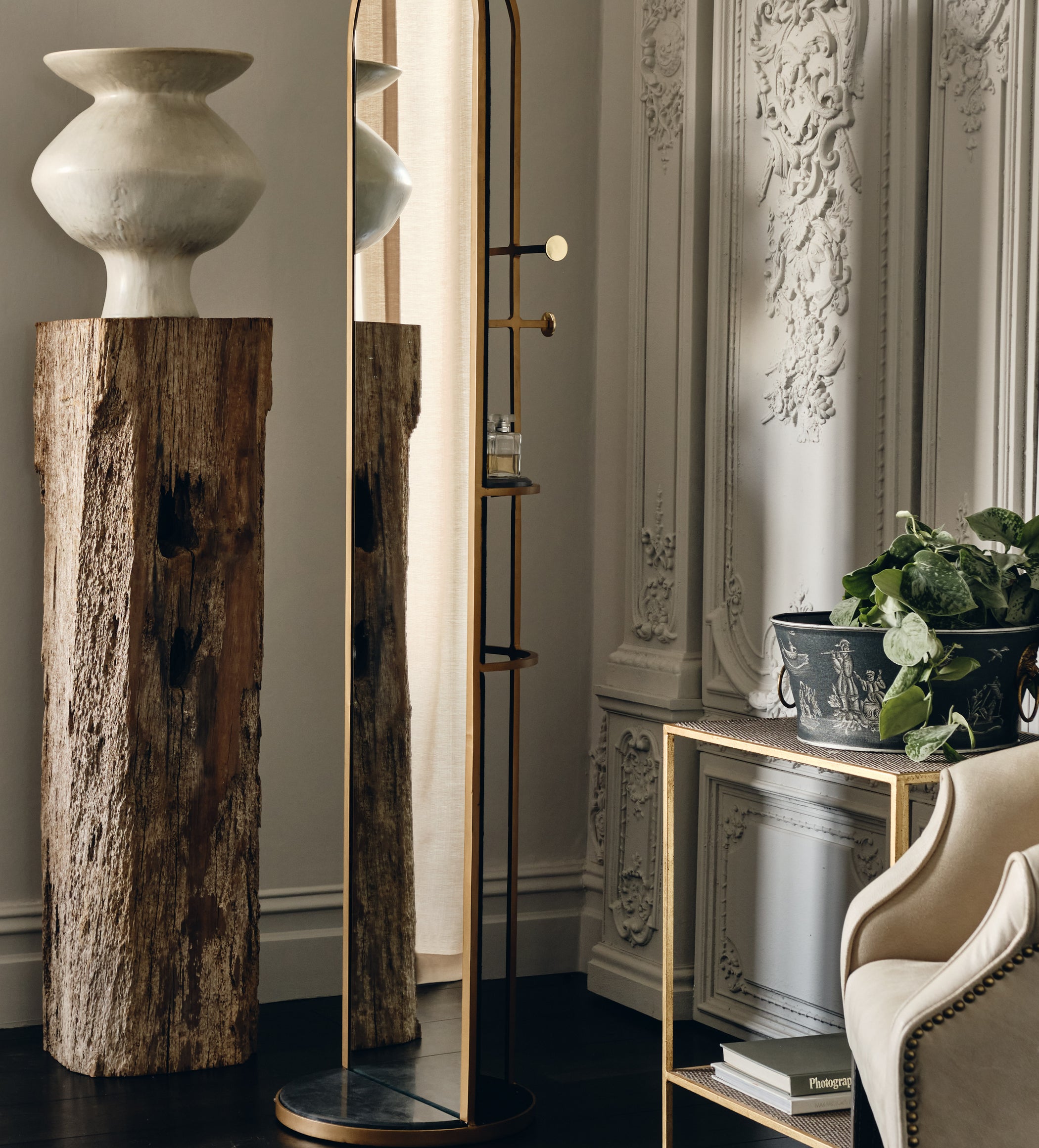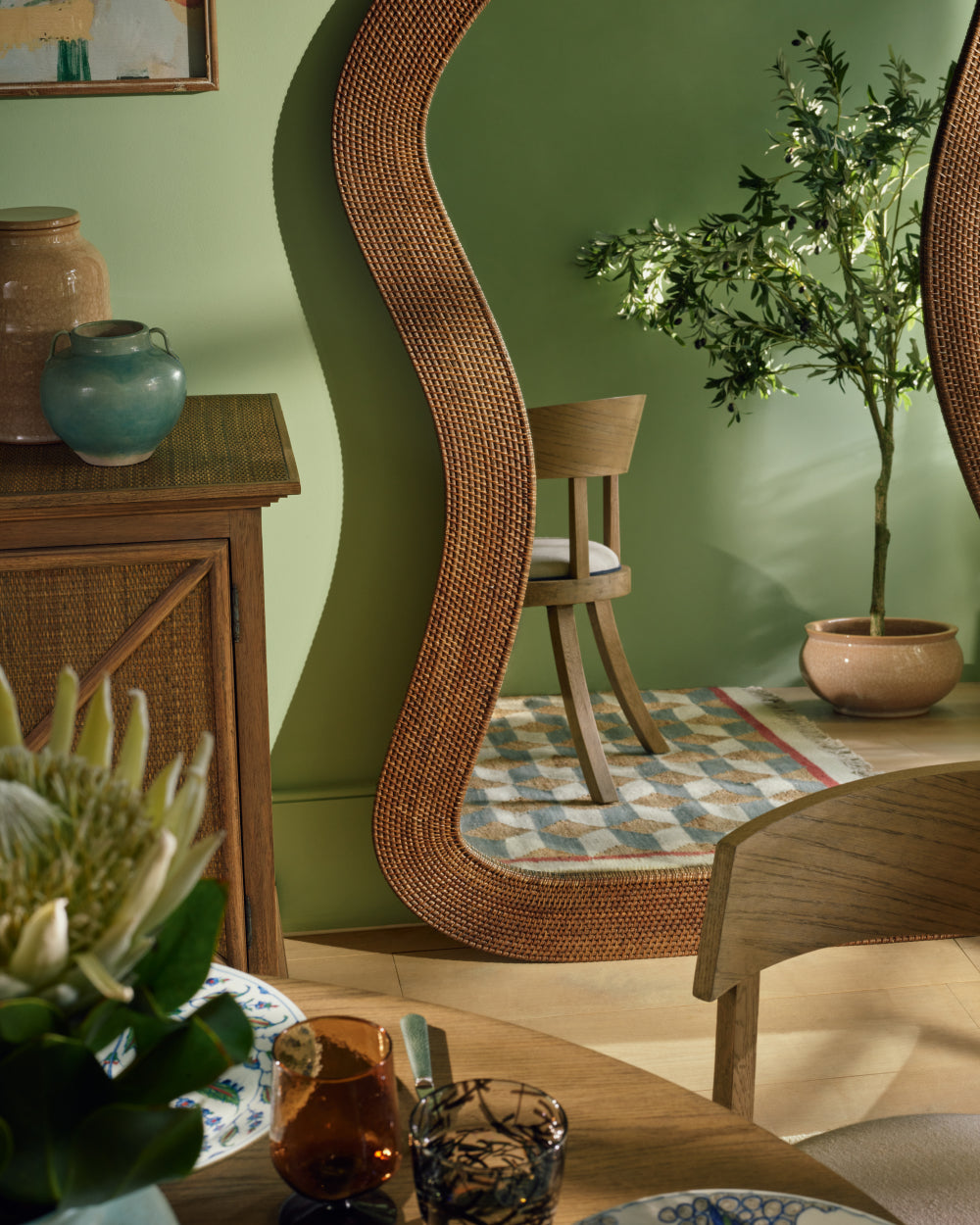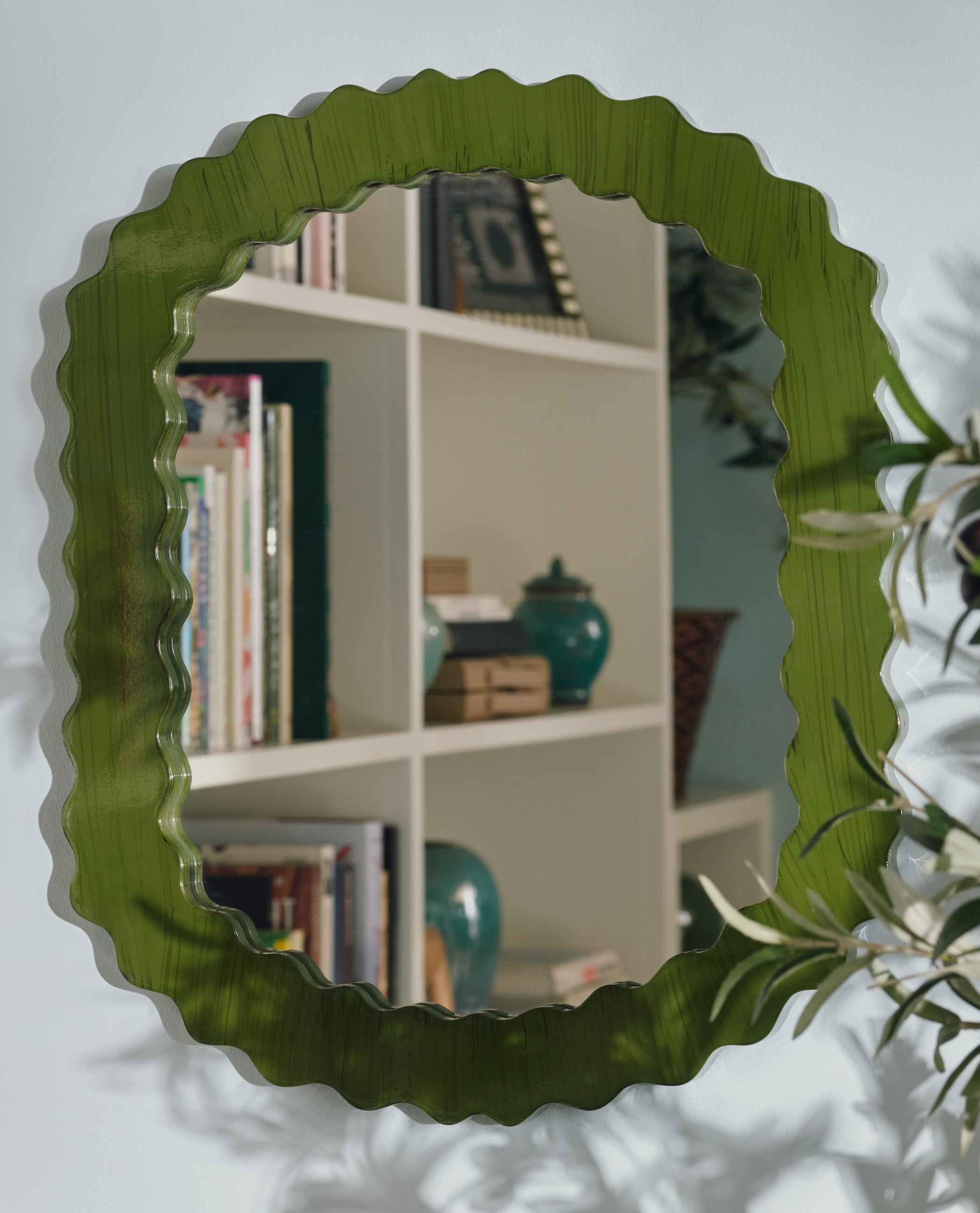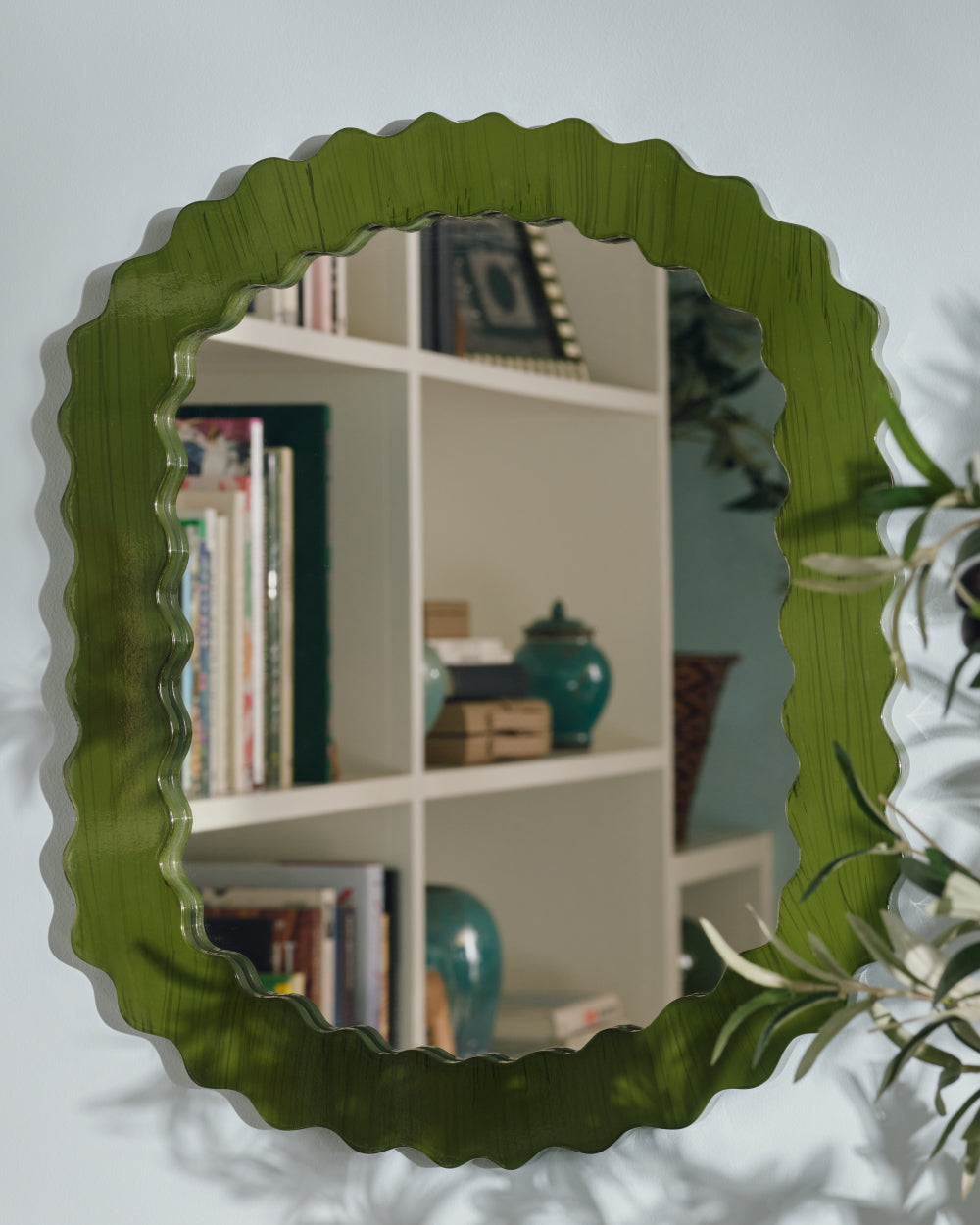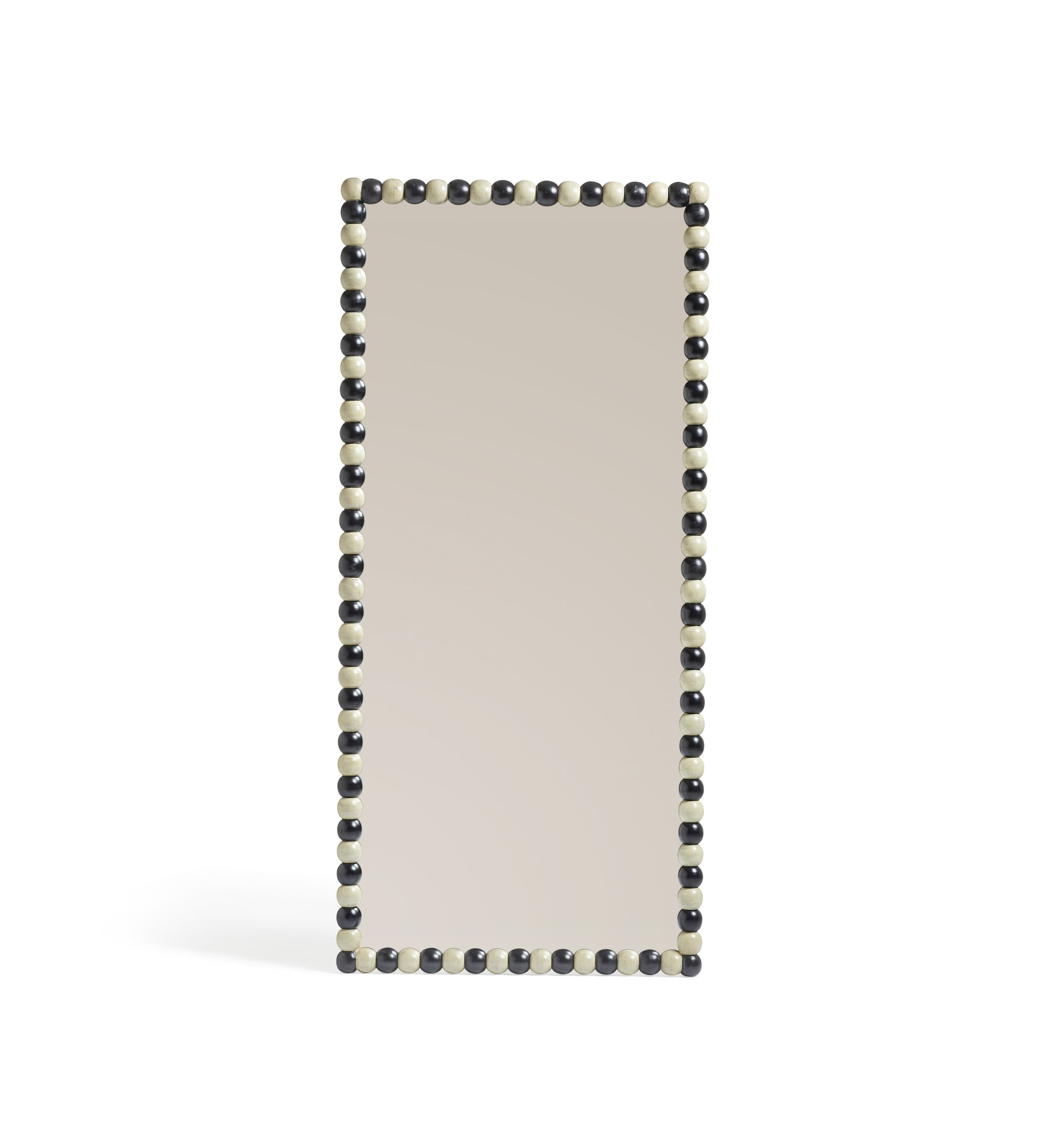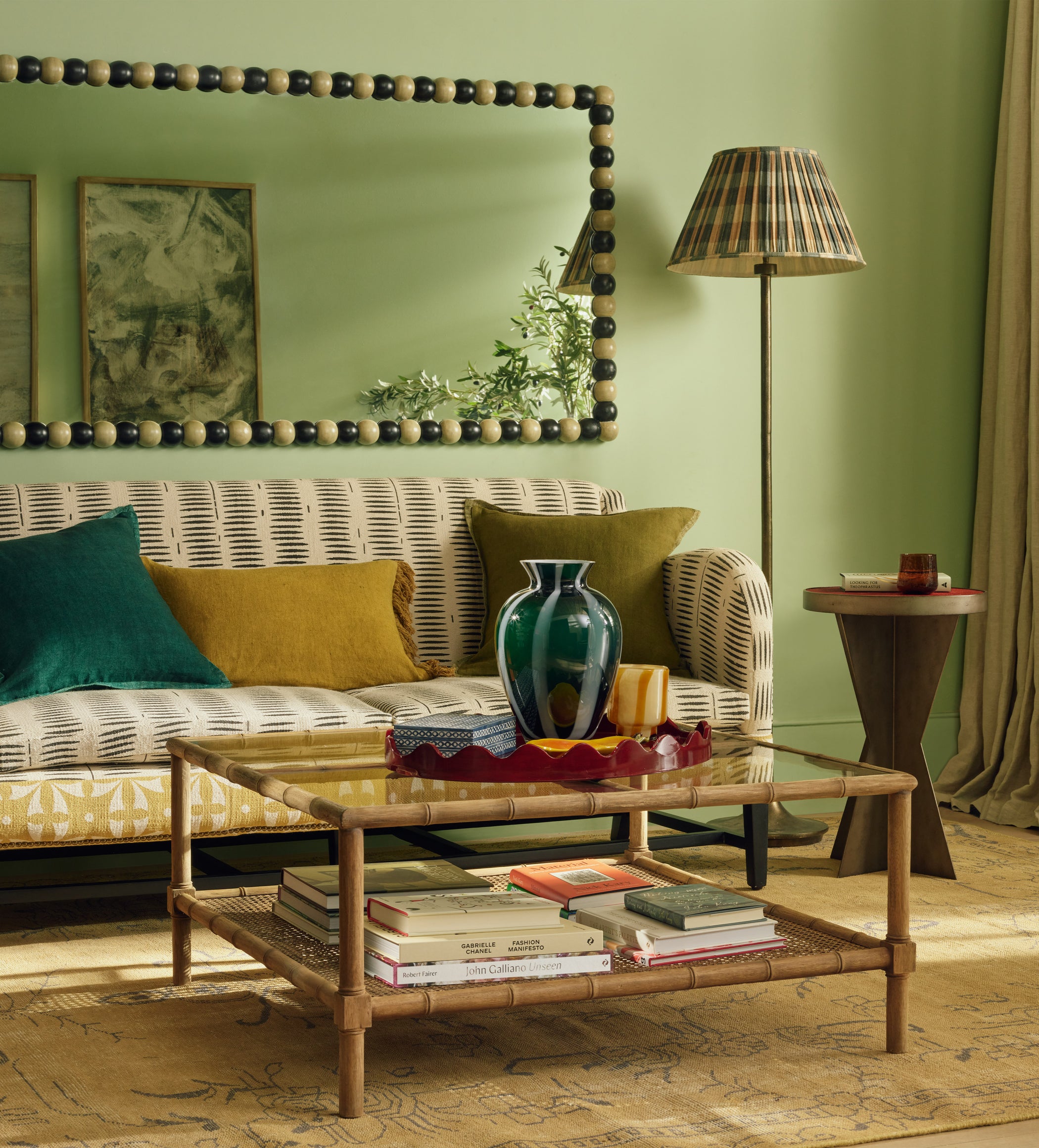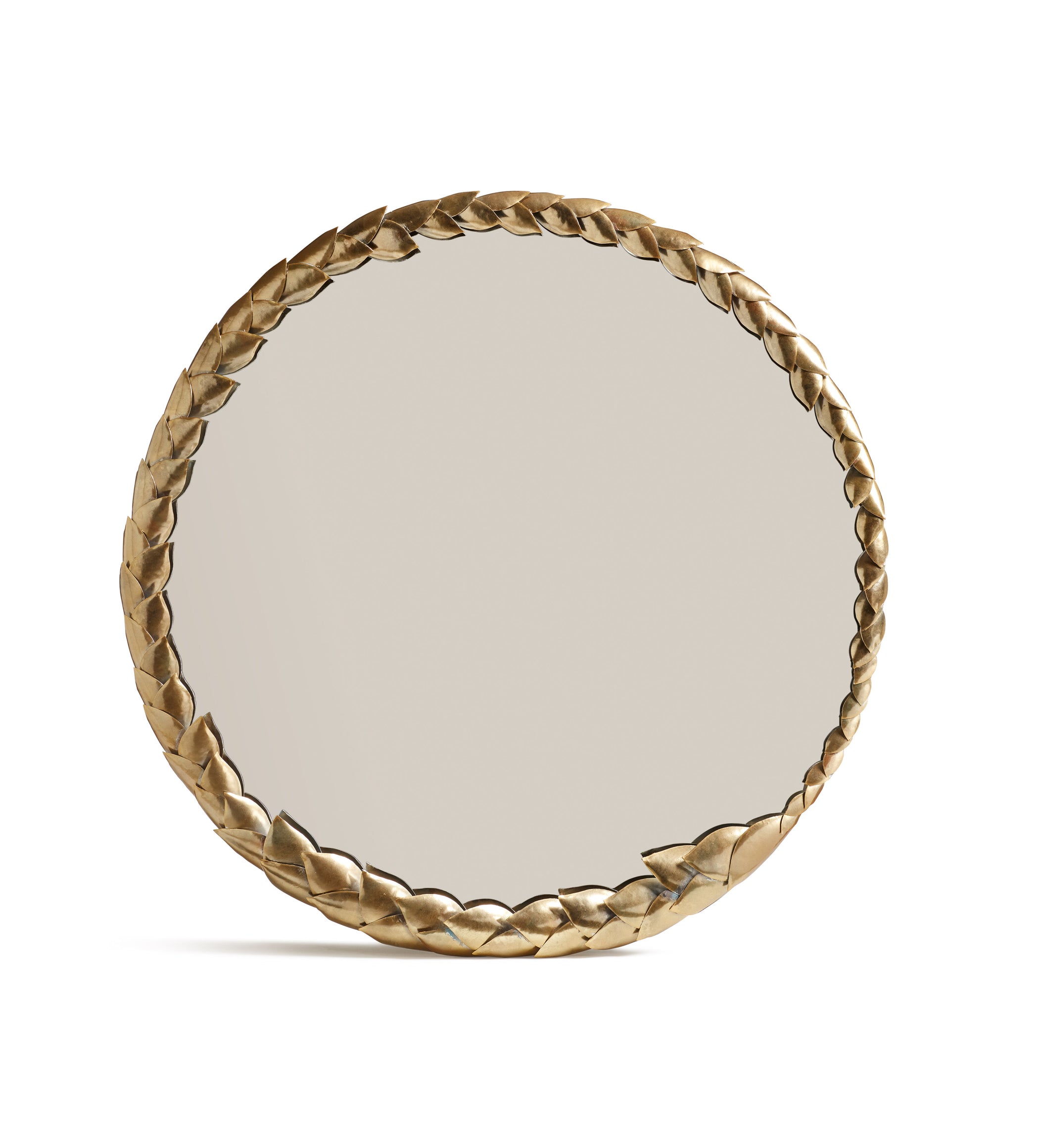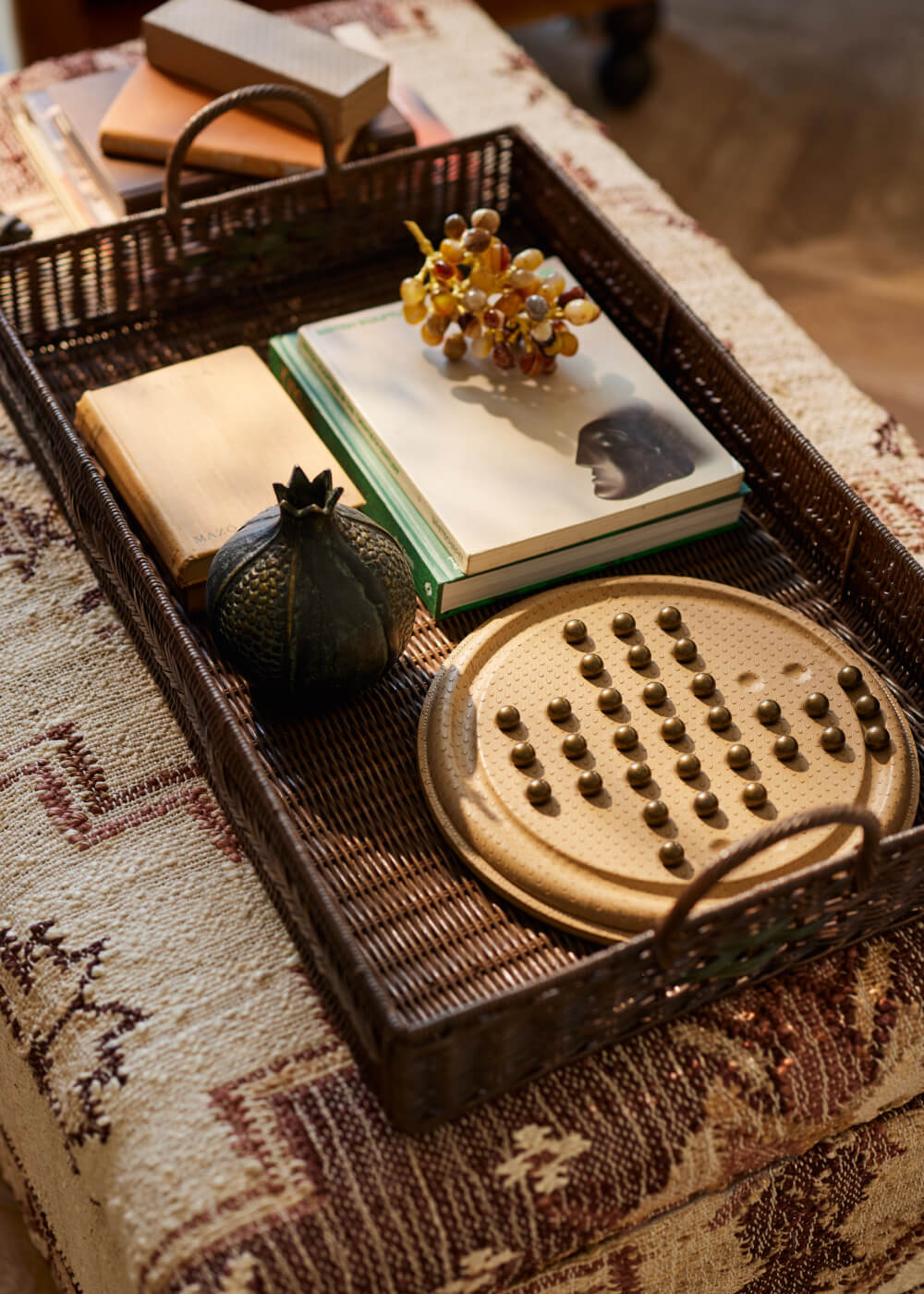A decorator’s secret weapon, mirrors are more than a practical object in which to check your own reflection; when used correctly, a beautiful mirror can be used to amplify light, add drama, create interesting reflections and frame views. You may have fallen in love with a design first, and then found the perfect spot for it afterwards, but, if you’re working the other way round, and are looking for the perfect mirror to fill a particular space, this takes a little more consideration (and perhaps, a little more hesitation). Take a look at this mirror buying guide for design tips on using mirrors to transform your home.
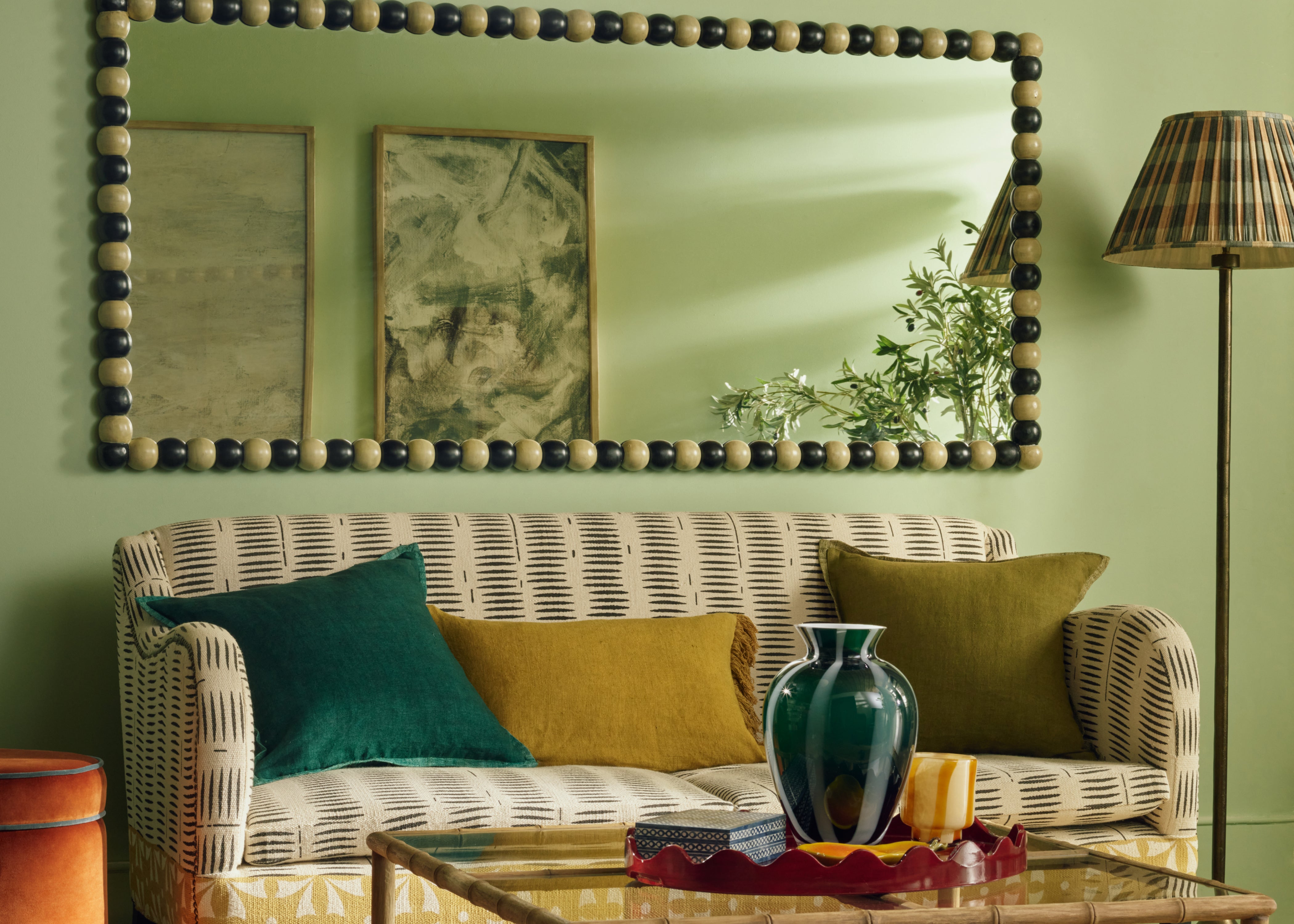

Published 13 February 2025 | Last Modified 9 April 2025 | Emily Sims
How to Use Mirrors to Transform Your Home
“To increase the amount of natural light cast around a room, simply place a mirror opposite or beside a window.”
Choosing the Right Mirror Size
There are a million questions you might be asking yourself about choosing the ideal mirror. What is the best height for a mirror in a high-ceilinged room? How do I choose a mirror for a large wall? What is the best shape for a mirror on a mantel? Are bigger mirrors better? Will mirrors make my room look smaller or larger? All valid questions to be asking yourself on this journey. Selecting the right one will depend largely on where you want to place it and what you want to achieve with it. Though the answer to these questions is often personal, there are a few tricks, laid out below, to make this enterprise a little easier.
In terms of size, it’s worth measuring the place you want to hang, stand or prop your mirror, as there’s a general rule that your mirror should be about two-thirds of the width of whatever it hangs above (say, a console table). If the mirror is meant to be functional rather than simply aesthetic, then it should be hung so that the centre of the mirror is in your eye-line – what’s the point of a mirror if you can’t see into it? You don’t want to be standing on tip-toe or crouching to have a look. Aside from that, the height comes down to what feels right for you; if you can get a helpful person (or two) to hold it in place while you admire it from afar, you can make an informed decision.
Hark Standing Mirror - Marble/Brass
Handmade
£1,195.00
Using Mirrors To Brighten A Room
To increase the amount of natural light cast around a room, simply place a mirror opposite or beside a window; no matter how gloomy the sky is outside, it will harness any available daylight. The bigger the mirror, the brighter and larger the space will feel. In a bedroom, for instance, an oversized mirror is the perfect piece to make the space feel lighter and more open – especially when placed above a mirrored chest of drawers for extra reflective power.
It’s not just natural light that can be manipulated in this way; mirrors are great at emphasising the output from other light sources, too. If you’re tasked with decorating a cavernous space or a dark corner, placing a mirror near a table lamp can make all the difference.
How To Create A Focal Point With A Mirror
When it comes to choosing wall art for your home, decorative mirrors with ornate frames or sculptural designs can make as much of an impact as paintings. Mantelpieces are often popular spots above which to hang or prop a mirror, but, in rooms lacking this feature, a larger mirror is a great tool for dictating the centre of the room.
Alternatively, experiment with using a group of smaller-sized mirrors to add decorative touches to a plain wall. Whether you choose uniformity with styles of the same shape and frame colour, or curate an eclectic mix of designs and sizes, such as contemporary silhouettes teamed with antique mirrors (or antique-style mirrors), the outcome will make a shining statement.

Make Your Mirror A Window
In windowless rooms – typically, that’s bathrooms – a mirror can make a world of difference; go big and choose a sizeable design to maximise luminosity and make the space feel larger. This will also benefit you practically; when adding the finishing touches to your makeup, for example, you won’t have to lean over the basin of your sink and be at risk of dropping that pesky mascara wand, just to get a good view of your eye. Frameless mirrors are great tools in these instances – look for a design that fits your space from wall to wall to create a seamless effect.
Thinking beyond the bathroom, another clever trick in darker areas of the home (such as hallways) is to select a mirror that’s designed to mimic the shape of a traditional window frame; this allows you to create the illusion of light spilling through a window.
Play Around With Shapes And Symmetry
You don’t have to get hung up on practicality and functionality by sticking to traditional rectangular mirrors – why not opt for a round or oval mirror, or seek out less conventional shapes? Explore your options; there are small, large, square, round, framed, ornate and many more design styles to try in our wide range of standing, table and wall mirrors.
Placement and positioning are open to interpretation, too. Experiment, for example, by hanging a vertical mirror horizontally behind a bed, in place of a headboard. This is both surprising and impactful. And why not try framing a view? When used in pairs either side of a window or doorway, mirrors create a sense of balance and harmony, reflecting the opposite side of the room front to back, as well as left to right.
Don’t forget the practical uses of a vanity mirror too, whether you opt for one designed for the purpose, or prop a hanging mirror on a surface such as a desk so that you have your very own dressing table design.

Since the very beginning, we’ve been on a mission to create things that make time spent with friends and family more memorable...



How to Create Your Dream Home office
Interested in more inspiration?
From tips and tricks to decorating advice and expert know-how, we've got plenty of bright ideas for the home and garden.

24 December 2025
Home Refresh Ideas for the New Year
The start of a new year invites a fresh perspective at home. After the Christmas rush, it’s the ideal moment to refresh and restore calm. But striking the balance...

17 December 2025
Competitive streak? The rise of stylish games
From backgammon and cards to dominoes and solitaire, games are experiencing something of a comeback. As ever, OKA is ahead of the pack with refined designs using expert craftsmanship and quality...

9 December 2025
Timeless Interiors Trends to Welcome into Your Home for 2026
From organic shapes to hand-painted ceramics and natural textures, we believe in only crafting timeless designs that tap into enduring...

9 December 2025
Get Ready for Guests with Our Expert Guide
Whether you go all-out by decorating the whole house and hosting the entire family, or simply add a touch of...

25 November 2025
Pockets of Christmas: Simple Christmas Decorating Ideas
In the words of our Co-Founder and Creative Director, Sue Jones, “Whether you go all-out by decorating the whole house...

